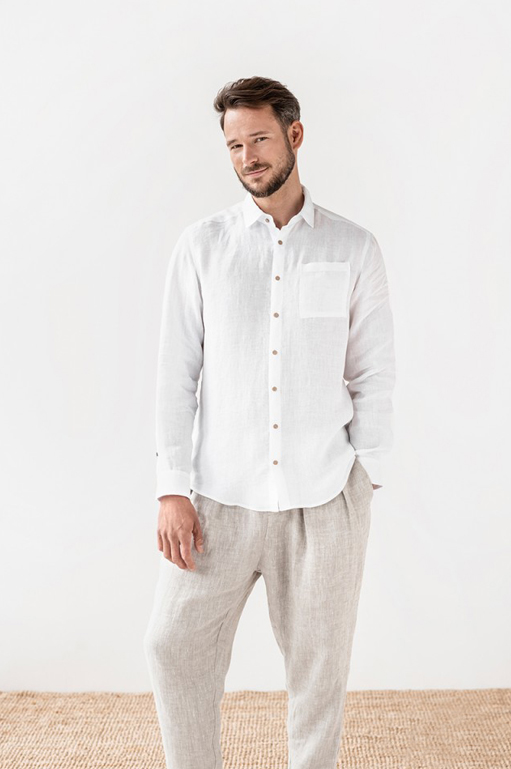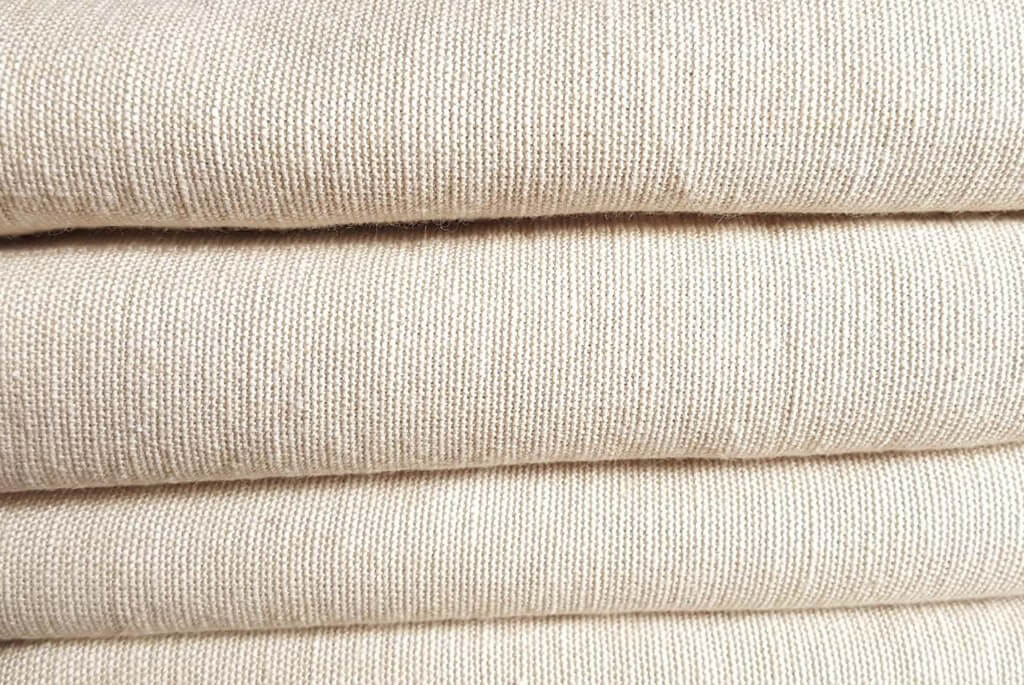Excellent News On Deciding On Bamboo Clothing
Wiki Article
Why Is Hemp So Much More Durable, Biodegradable And More Regenerative Than Cotton?
Hemp's natural properties and the way it's grown is what makes it more biodegradable, durable and sustainable than cotton. Here's why- Biodegradability-
Natural Fibers - The hemp's fibers are biodegradable. Clothing and textiles from hemp naturally decompose when discarded. They are returned to nature, leaving no lasting leftovers. This contrasts with synthetic fibres like polyamide, which can decompose over the course of hundreds of years.
Hemp textiles don't typically have chemical treatments or additives that can inhibit biodegradability. However, some cotton fabrics are treated with synthetic chemicals like dyes or finishes that can hinder the biodegradation.
Durability-
Hemp fibers are distinguished by their strength and durability. Hemp textiles and clothing are more durable than cotton, which helps make they last for longer. This durability means that hemp clothes can stand up to many wash cycles and wear cycles prior to developing signs of deterioration.
Hemp fabric is more resistant to pilling than cotton. This feature contributes greatly to the quality and durability of hemp fabrics.
Regenerative Agriculture-
Soil health Hemp farming has regenerative qualities when it is practiced sustainably. Hemp has deep roots that helps stop soil erosion and compaction, and it can improve soil health by aerating the soil and increasing the activity of microbial. This aspect of regenerative can leave the land in better shape for future crops.
Low environmental impact Sustainable hemp farming practices make use of fewer herbicides and pesticides that reduce the damage to the environment. Cotton farming with synthetic chemicals can cause erosion of soils and degrade the quality of water.
Water Efficiency-
Hemp generally requires less water to grow than cotton. Its drought-resistant properties mean it is able to thrive even with little irrigation, or even in conditions that are rain-fed. This makes it the ideal choice for those where water is scarce, such as those that are dry.
Hemp can be easily incorporated in crop rotations to improve the soil's health. It may also lower the likelihood of accumulating disease and soil loss. In the cotton industry, the practice of rotation is much less common.
Versatility- Hemp can be utilized in a variety of applications like clothing, textiles and paper, construction materials, and more. Hemp's versatility means that it can support many industries that employ sustainable practices that are regenerative and sustainable.
While hemp offers these advantages, it's important to note that both cotton and hemp can be made sustainably or not, based on the practices of farming and methods of processing. Choosing hemp products that are made using ethical and sustainable methods can increase its environmental advantages. The use of organic cotton is also a way to reduce environmental issues that come with conventional production. Check out the recommended hemp clothing url for site info including hemp clothing near me, organic hemp fabric, patagonia hemp pants, patagonia work pants hemp, organic hemp underwear, hemp apparel, hemp clothing near me, hemp t shirts wholesale, wholesale hemp fabric, patagonia island hemp pants and more.

What Gives Hemp Fibers Their Moisture-Wicking, Breathable And Thermoregulating Properties?
Hemp has distinct structural and chemcial characteristics that give it breathable, moist-wicking, thermoregulating, and wicking capabilities. These properties can be explained by the following- Microscopical Structure- Hemp has a porous and hollow structure, which allows air to circulate throughout the fibers. The natural porosity makes hemp textiles so comfortable to breathe. The structure is weaved into textiles that allow air to flow through. This promotes ventilation and keeps moisture and heat from being absorbed by the skin.
Hemp fibers absorb moisture and are wicking. Hemp is hydrophilic which means it has a strong attraction to water. They are able to take sweat and moisture away off your surface of the skin while wearing hemp clothes. They also prevent a feeling of dampness. Moreover hemp fibers are effective in wicking away moisture from your body and spreading it across a larger surface of the fabric which allows it to evaporate more quickly. This feature of wicking moisture keeps you dry and comfortable in intense physical activity or during hot weather.
Hemp fibres possess natural insulation properties. They can trap the warmth close to the body and offer warmth in cold weather. In hot weather they help to cool down by allowing excess moisture and heat to escape. This inherent thermoregulatory ability makes hemp clothing appropriate for a wide range of temperatures and types of activities.
Hemp fibers are antimicrobial, which aid in preventing the growth of bacteria that cause smells. This attribute contributes to the freshness and resistance to odor of hemp clothing even during periods of physical activity.
Hemp clothes are durable and long-lasting. It can be washed and worn over and over without losing its breathability and moisture-wicking abilities. The long-lasting properties of hemp clothing can extend its lifespan, which reduces the need to replace it and the impact on the environment.
UV Protection Hemp fibers are an organic UV protector that shields the skin from harmful UV radiation. Being able to block UV radiations makes hemp clothing suitable for outdoor activities.
Note that these characteristics of hemp are inherent and are not influenced by additives or chemical treatment. Hemp has natural qualities that make it a comfortable and sustainable choice for clothing. Because hemp fibers are processed and woven in a way, they keep their natural qualities, making them an eco-friendly and functional fabric. Check out the recommended next page for blog advice including hemp shirts wholesale, dash hemp clothing, hemp baja hoodie, hemp golf shirts, patagonia iron forge jacket, women's all seasons hemp canvas bomber hoody jacket, patagonia hemp pants, hemp sweatpants, hemp golf shirts, hemp shorts patagonia and more.

What Are Some Of The Benefits That Bamboo Clothing Has For Comfort And The Environment?
Bamboo clothing offers many advantages for both the comfort of the wearer as well as the environment in which they live.
Softness- Bamboo fabrics are known for their exceptional softness. It has a silky smooth texture that feels comfortable against your skin. Bamboo clothing has a extremely soft and luxurious texture, which makes it popular for intimate wear as well as activewear and loungewear.
Breathability Bamboo fibers transpire and absorb moisture. Micro-gaps facilitate air circulation, which helps keep you cool in hot weather. The moisture-wicking qualities help to draw sweat away from your body, which reduces dampness.
Thermoregulation- Bamboo clothes have outstanding thermoregulatory properties. It helps keep you warm during cooler temperatures by capturing heat close to the body. Conversely, it can help you stay cool in hot weather by allowing excessive water and heat to go away. Because bamboo is able to adjust to a variety of temperatures, it's perfect for any season.
Hypoallergenic bamboo fabric is hypoallergenic, and gentle on sensitive skin. Bamboo is less prone to irritate or cause allergic reactions.
Odor Resistant Bamboo fibers are naturally antimicrobial properties that help inhibit the growth of bacteria that cause odor. Bamboo clothing keeps its freshness, even while being physically active.
Environment-
Bamboo is a sustainable source of renewable energy that is ecologically sustainable. Bamboo is among the fastest-growing plants on the planet. It grows with minimal water and doesn't require any pesticides. Bamboo is harvested and not killed it as the root system of bamboo regenerates.
Bamboo is a natural water-efficient plant. It can thrive on minimal irrigation. Rainwater is often enough to allow it to grow.
Biodegradability. Bamboo clothing will naturally decompose over time if removed. This property reduces the accumulation of textile waste that is non-biodegradable landfills.
Carbon Sequestration Bamboo plant can absorb carbon dioxide (CO2) in the course of rapid growth. As a result, bamboo cultivation is a carbon sink, helping to mitigate climate changes through reducing greenhouse gas levels.
Chemical Reduction. The production of bamboo fabric typically requires the least amount of chemical processing and treatment than other textiles. Therefore, the industry of textiles has a smaller environmental footprint.
Closed-Loop Manufacturing- Certain manufacturing methods for bamboo fabrics employ closed-loop production, which recycles and reuses water and chemicals to minimize the waste and environmental impact.
It's important to note that the impact on the environment of bamboo clothing can vary according to the particular manufacturing process and whether the bamboo used is made from sustainable and sustainably managed bamboo forests. Customers should purchase only bamboo clothing made with eco-friendly ethical practices in order to reap the greatest environmental benefits. See the best bamboo clothes info for more recommendations including bamboo ladies clothing, bamboo viscose pajamas, bamboo apparel, mens bamboo boxer shorts, mens bamboo boxer shorts, bamboo tee shirts wholesale, bamboo undergarments, bamboo yoga pants, bamboo sportswear, bamboo sweatshirt and more.
